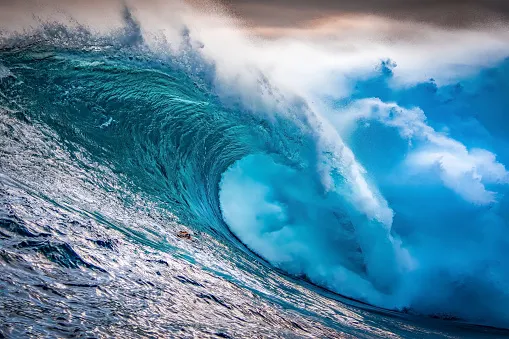
How oceans play a major role in weather and climate extremes
Our oceans are getting warmer. What does that mean for us here on land?
Oceans are the main collectors of solar radiation on Earth. Not only do they cover close to 70 per cent of the planet's surface, they also absorb large amounts of energy without experiencing major temperature variations.
Over the years, Earth has accumulated more energy due to the increase in greenhouse gases like carbon dioxide. The upper part of our oceans has actually been taking care of a great deal of that excess energy. As a result, the energy stored in our oceans has increased significantly over the past few decades.
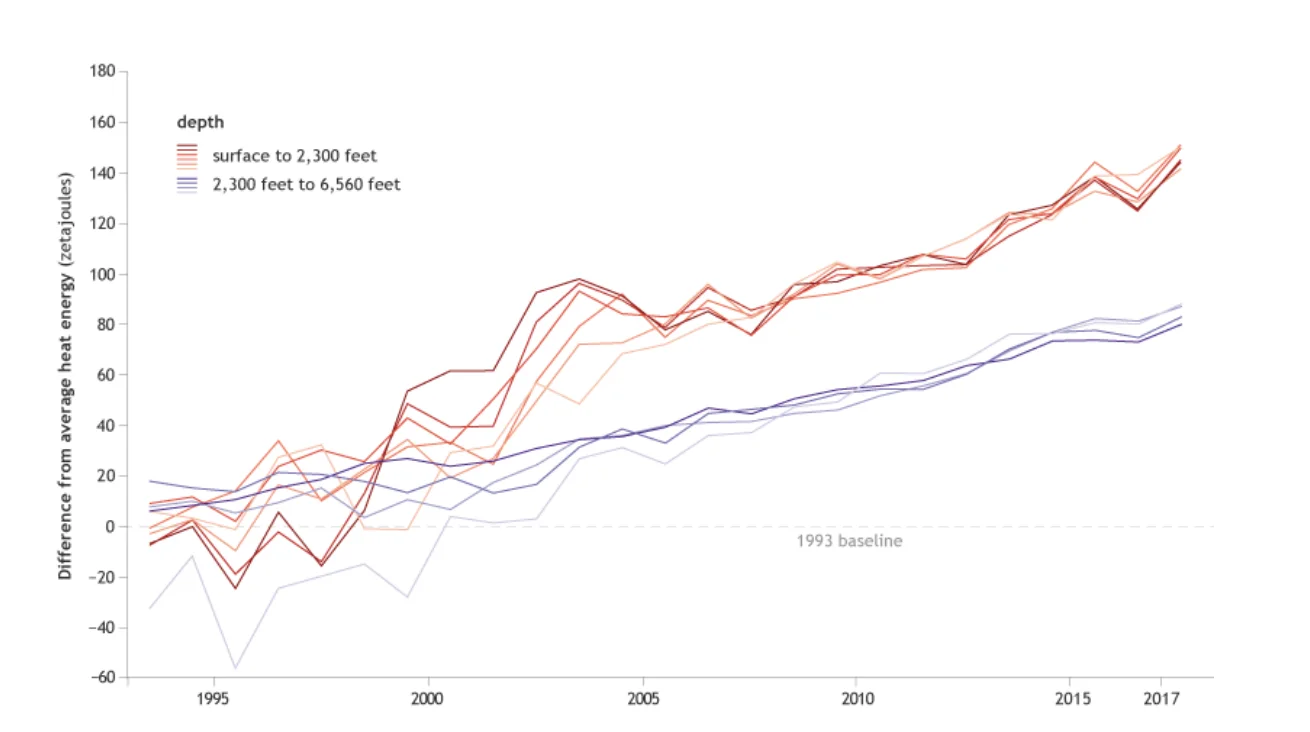
Energy increase in our oceans between 1993 and 2017 (NOAA)
The energy absorbed by the water moves from one place to another inside the oceans thanks to waves, tides, and especially ocean currents, and most of that energy remains trapped in the different ocean basins. As a result, over the past 50 years, close to 93 per cent of the global warming observed on Earth has been ocean related. Thanks to recent research based on new satellite data, we also know that about 63 per cent of that warming comes from the ocean surface. The other 30 per cent comes from energy stored somewhere below 700 meters.
The excess energy accumulated in our oceans contributes to global warming, bringing important changes to ecosystems, sea level, sea-ice melt in polar regions, and essentially to weather and climate. Aside from ocean energy changes related to human activity these past decades, we can't forget natural climate variability occurring simultaneously. El Niño (warming) and La Niña (cooling) in the equatorial Pacific are well-known natural global disruptors of weather and climate.
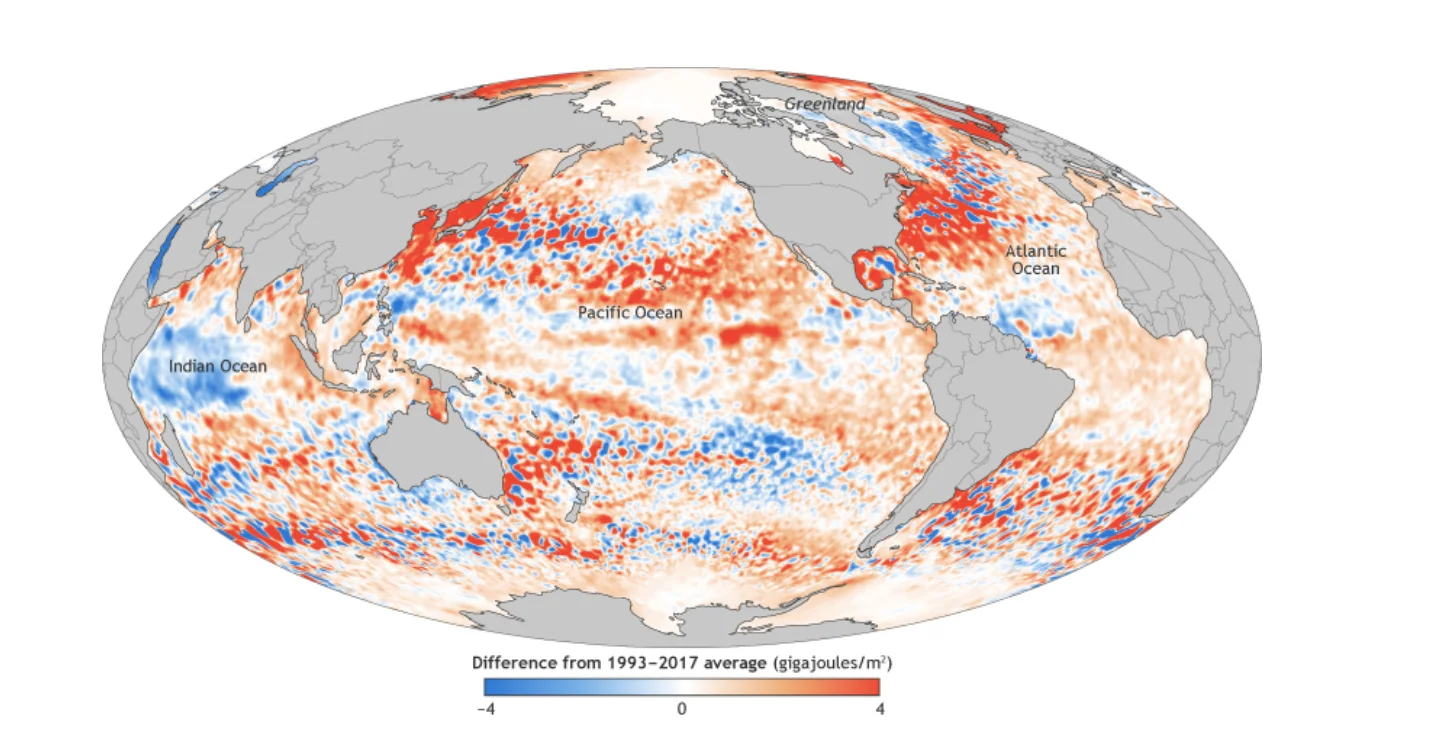
Ocean temperature anomalies in 2017 compared to 1993-2017 average by NOAA
This century we have sufficient quality of atmospheric data to confirm that extreme weather and climate events have increased over time. A significant number of these anomalies are related to the excess energy accumulated by our planet -- energy coming mainly from our oceans. Technology has come a long way and today we can measure weather with such detail that we can relate specific weather events with ocean water temperatures that are either above or below average. But, despite the mentioned improvement, these weather and climate anomalies are sometimes hard to explain since differentiating between the natural and the anthropogenic influences on our oceans and atmosphere is far too complex.
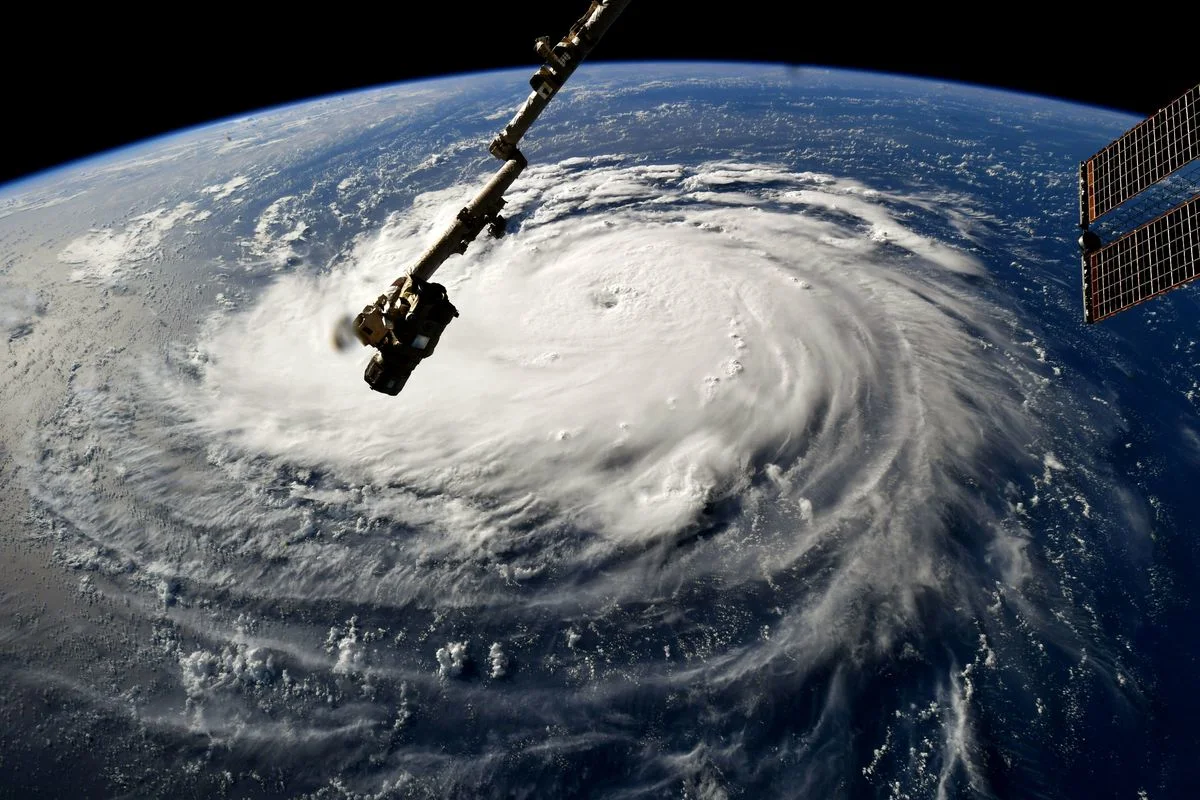
Hurricane Florence (NOAA)
Over the past year, several global weather phenomena have become more extreme, thanks in part to the energy contribution coming from our warmer oceans.
SEPTEMBER 2018: HURRICANE FLORENCE
Category 4 with maximum wind gusts 240 kilometres per hour
860 millimetres of rain in Swansboro, North Carolina
Half a million people without electrical power
Storm surge of 1.8 meters along the central coast of North Carolina
24 dead and $25 million in damage
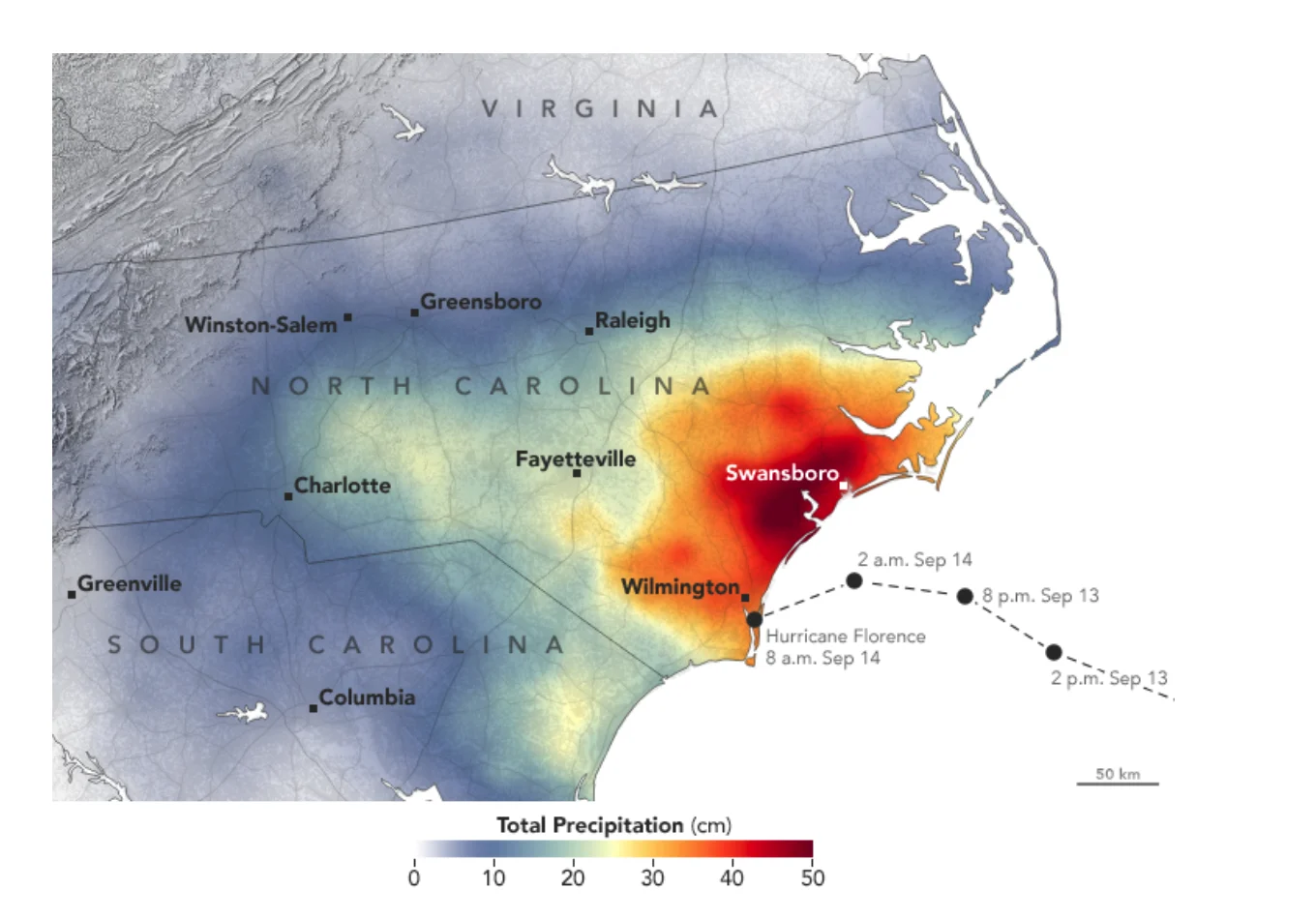
Hurricane Florence Precipitation Data from NOAA
JULY 2018: JAPAN FLOODS
Precipitation was 1.852 millimetres in Shikoku
A large swath of the country registered over 400 millimetres of rain in 10 days
More than 11,000 homes without electrical power while temperatures reached +30°C
Multiple landslides and flooding. Water levels in some streets reached 5 meters
225 dead and $11 billion in damage
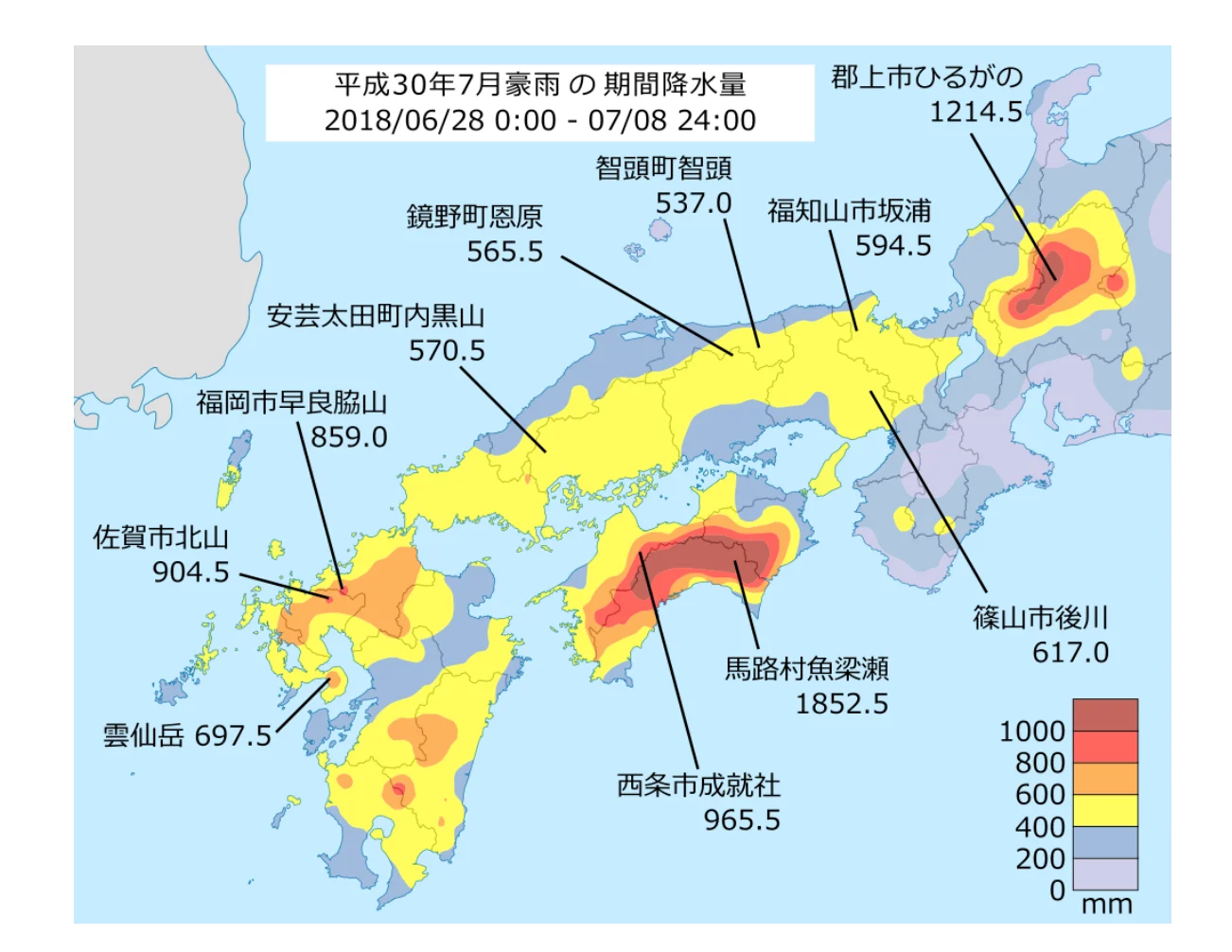
Accumulated precipitation June 28 to July 8, 2018 in Japan (Japan Meteorological Agency)
OCTOBER 2018: FLOODING IN MALLORCA, SPAIN
Precipitation of 230 millimetres in two hours over the town of Sant Llorenc, Mallorca
A wall of water 3 meters high crossed the town dragging everything on its way
450 homes affected and 4,200 tons of debris accumulated
Damage to thousands of hectares of cropland
13 dead and $97 million in damage
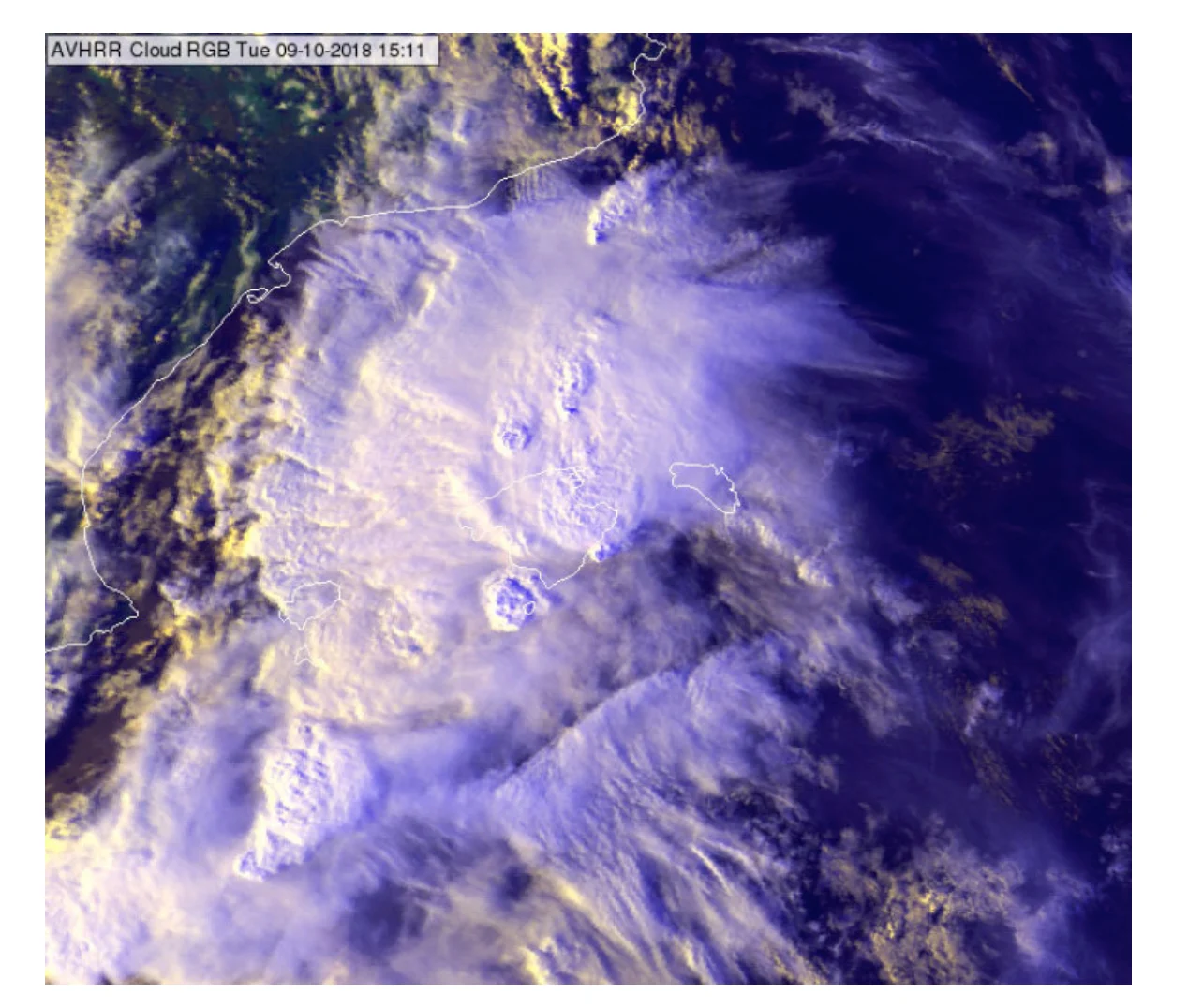
Satellite Image over the Western Mediterranean on October 11, 2018 (EUMETSAT)
JANUARY 2019: FLOODING AND HEAT WAVE IN ARGENTINA
Precipitation of 160 millimetres in one hour in the town of Resistencia
Major flooding across large swaths of the northeast provinces of the country
Hundreds of homes affected and 5,000 people evacuated from El Chaco
Maximum temperature in the Perito Moreno reaches a historic value of 38.2°C
Four dead and close to $500 million in damage
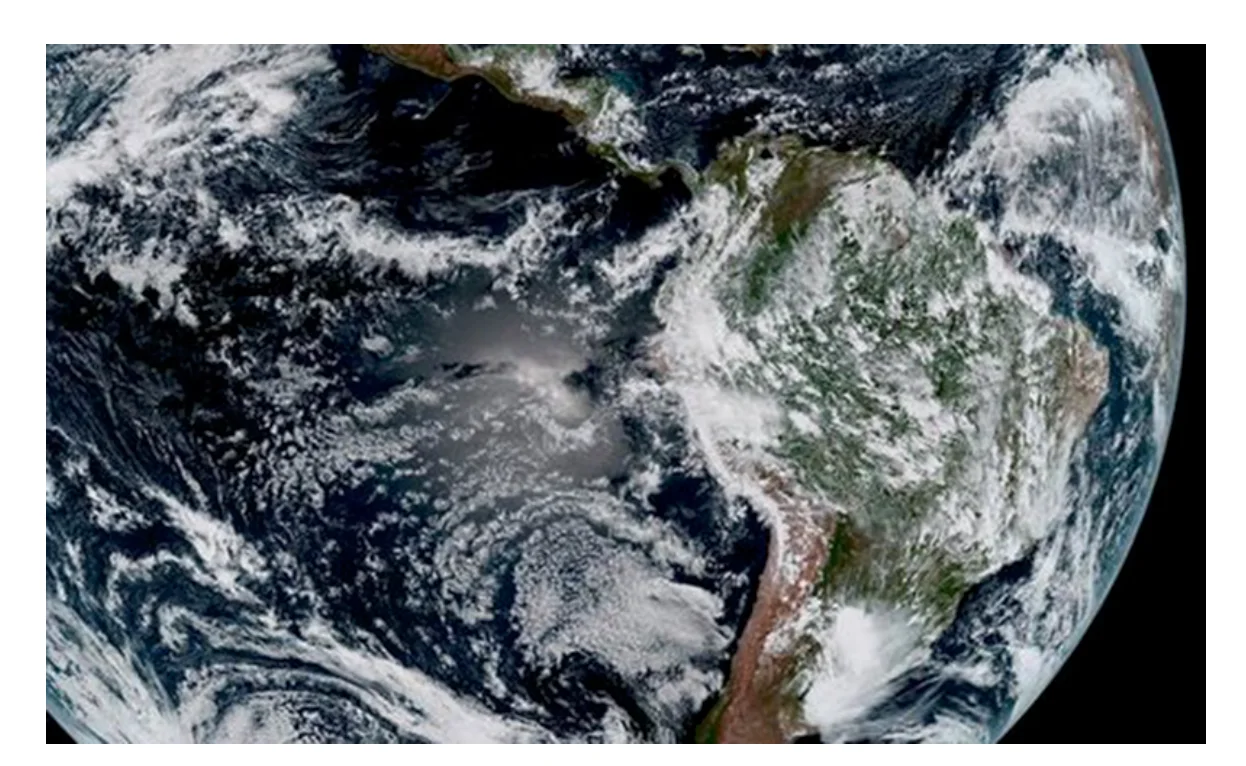
GOES EAST over South America from NOAA
Aside from these specific weather events, we also learned that over the past few decades oceans have been modifying climate in a considerable number of regions around the planet. Our tropical forests, for instance, have experienced an increase in precipitation that ranges anywhere from 180 to 600 millimetres annually. A great part of that moisture jolt comes from oceans.
We will continue to see our oceans become warmer in the coming years and, unfortunately, even if we can cut back on greenhouse gas emissions like carbon dioxide they have the inertia to continue warming by absorbing all the excess energy that Earth is accumulating.

